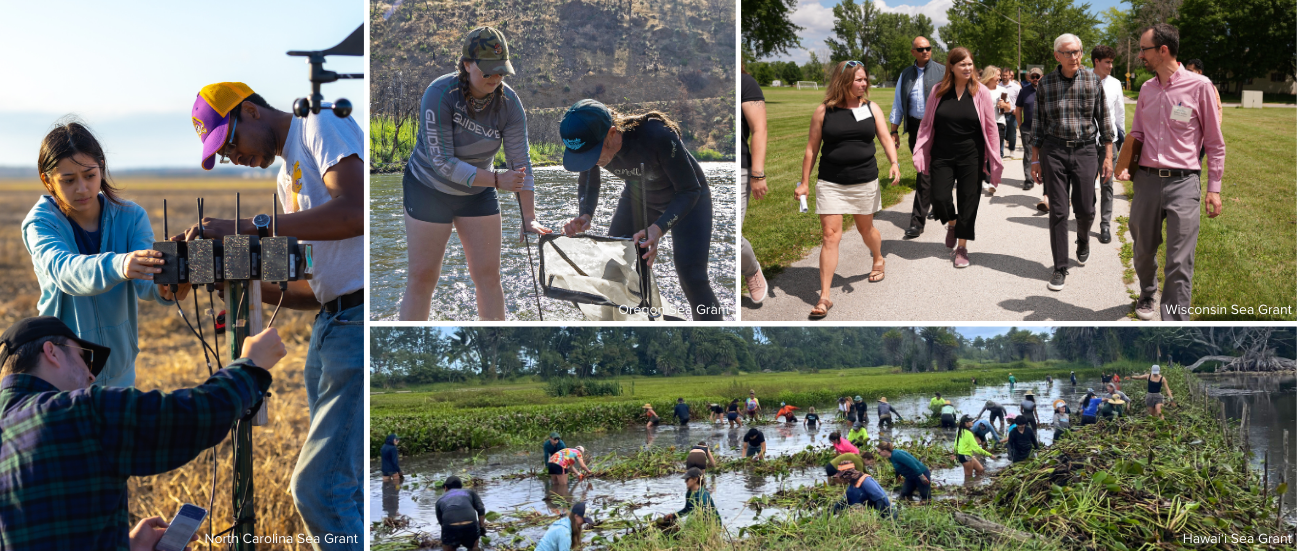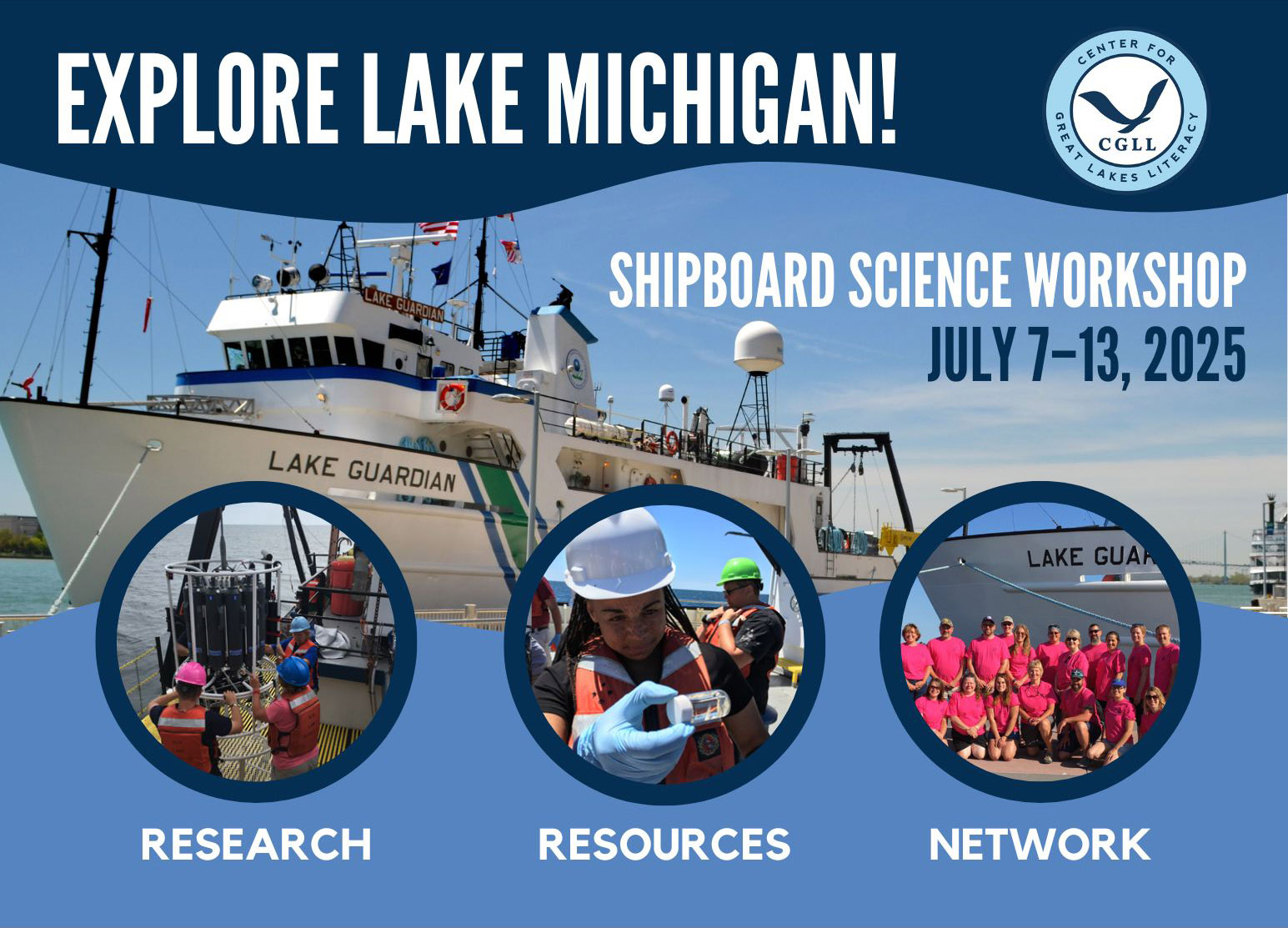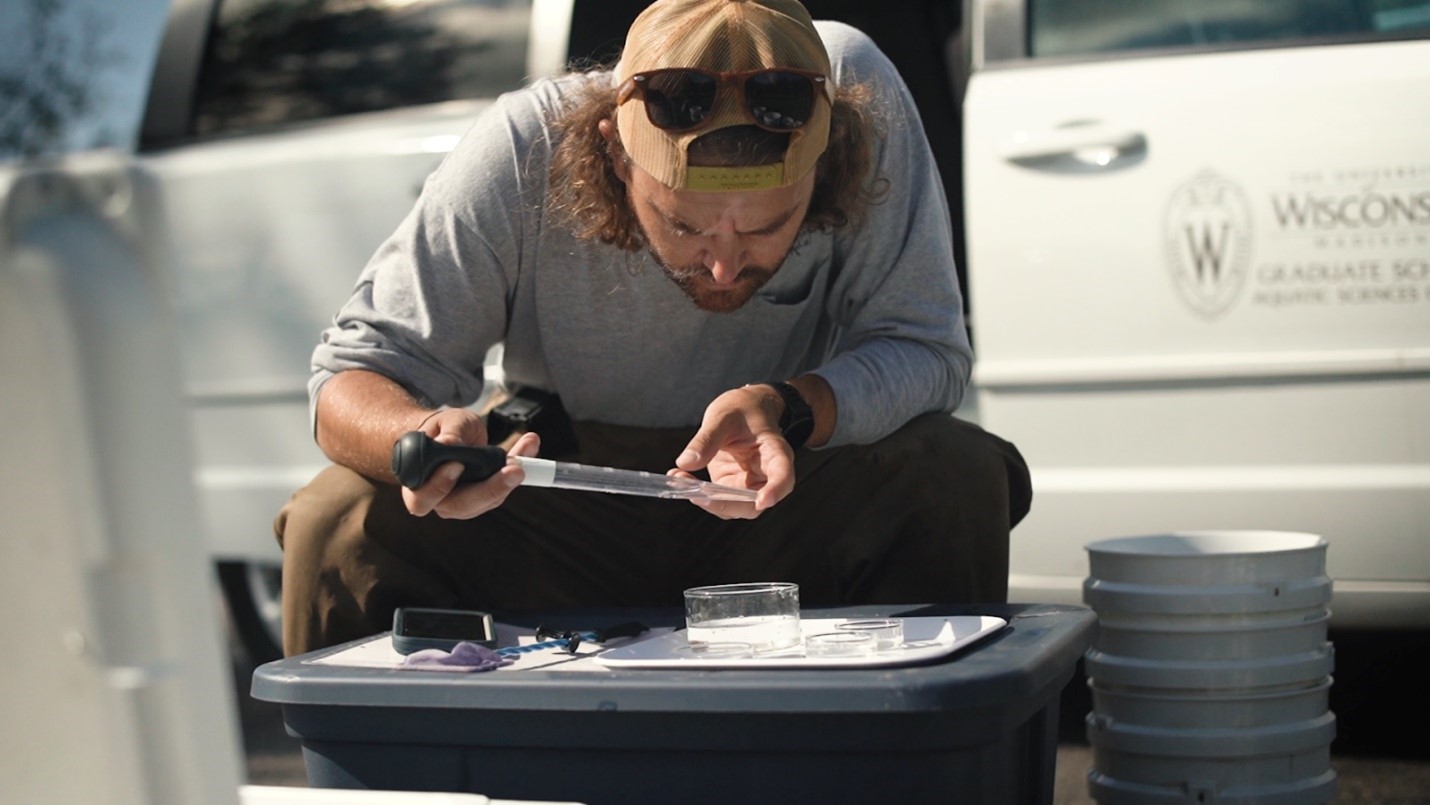Four Sea Grant programs in Great Lakes states have joined forces to produce an updated guide that will help anglers identify what they catch.
“Salmon and Trout of the Great Lakes: A Visual Identification Guide” is a free, downloadable resource that will help people spot the differences in species that can be quite similar in appearance.
What’s more, the guide has clear, colorful illustrations of the fish at various life stages, since the same species can look remarkably different during its life span.
Staff from the Wisconsin, Michigan, Illinois-Indiana and New York Sea Grant programs came together to release the guide earlier this spring. A prior version was updated and expanded to be more representative of the Great Lakes overall, says Fisheries Outreach Specialist Titus Seilheimer of Wisconsin Sea Grant.

Fisheries Outreach Specialist Titus Seilheimer worked on the guide with colleagues from the Illinois-Indiana, Michigan and New York Sea Grant programs. (Photo: Wisconsin Sea Grant)
“The guide used to be very Lake Ontario-focused, because New York Sea Grant put out the original version, so we wanted the updated version to have more of a ‘Great Lakes as a whole’ feel,” said Seilheimer.
While some species are not common in all of the Great Lakes, anglers may still find those species in less-expected places. “For example, even though Atlantic salmon is native to Lake Ontario, it’s also a stocked fish in Lake Huron, and it’s possible you would see it in Lake Michigan, so it’s one of those species that is good to have in the brochure,” noted Seilheimer.
While recreational anglers are the main target audience for the brochure, charter boat captains may also find it useful to show clients what kind of fishing opportunities they may encounter.
Artwork by Peter Thompson clearly shows key identifying features in species such as Atlantic, Chinook, Coho and Pink Salmon, as well as Brown and Rainbow Trout.
“One of the things I really like about this guide is that we have the lake phase of the fish—if you were out angling off a boat, you’d catch these lake phase fish—but it also shows the progression into the stream phase” when fish go to spawn, said Seilheimer. “It’s a really great way to look at these species and see just how different they look when they go in to spawn.”
To view or print the free guide, visit Wisconsin Sea Grant’s online publications store.





